5 min read
Share this post

There’s been a lot of demand from teachers for recommended course structures when teaching students with our ESL Lesson Plan Library. This is what we plan to cover in the recommended pathways series. Over the coming weeks we’ll be posting recommended pathways for various types of student profiles. First off, a course structure for ESL absolute beginners!
ESL Absolute Beginners are students that have had no (or very little) exposure to English lessons or the language in general. On the other hand, false beginners have been exposed to some formal or informal English language lessons yet have not acquired any functional grasp of the language. Absolute beginners generally have very little knowledge of the English alphabet or it major sounds.
So let’s begin! The following is a recommended pathway through our lesson library when you are presen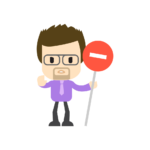 ted with the exciting challenge of teaching ESL Absolute beginners!
ted with the exciting challenge of teaching ESL Absolute beginners!
Disclaimer: This is not designed to be a prescriptive structure. We truly believe that teachers know their students best. The design of Off2Class has always kept this principle at the forefront. This pathway is only meant to provide a starting point. It can and should be adapted for the unique needs of your students as you progress through our lesson content and self-study activities.
We recommend starting with our Letters & Sounds category. This category uses an image-heavy approach to teaching the alphabet and major consonant and vowel sounds in English. Like all of our lessons, they are d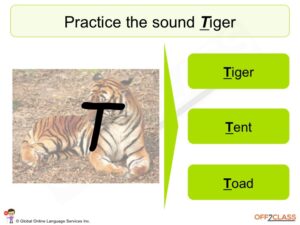 esigned for live conversation and contain bright and colorful images.
esigned for live conversation and contain bright and colorful images.
When your students are comfortable with the Alphabet and major sounds of the English language, you can progress to basic nouns lessons. Here are some recommendations that have worked for our ESL Absolute Beginners in the past:
Next you can exploring the conjugation of the verb to be for all subjects. If your students respond well, you can progress naturally the negative and question form.
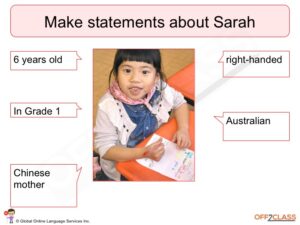
So there you have it! Our first in our Recommended Pathways series. This should give you some great starting points the next time you encounter a new ESL Absolute Beginner.
Share this post
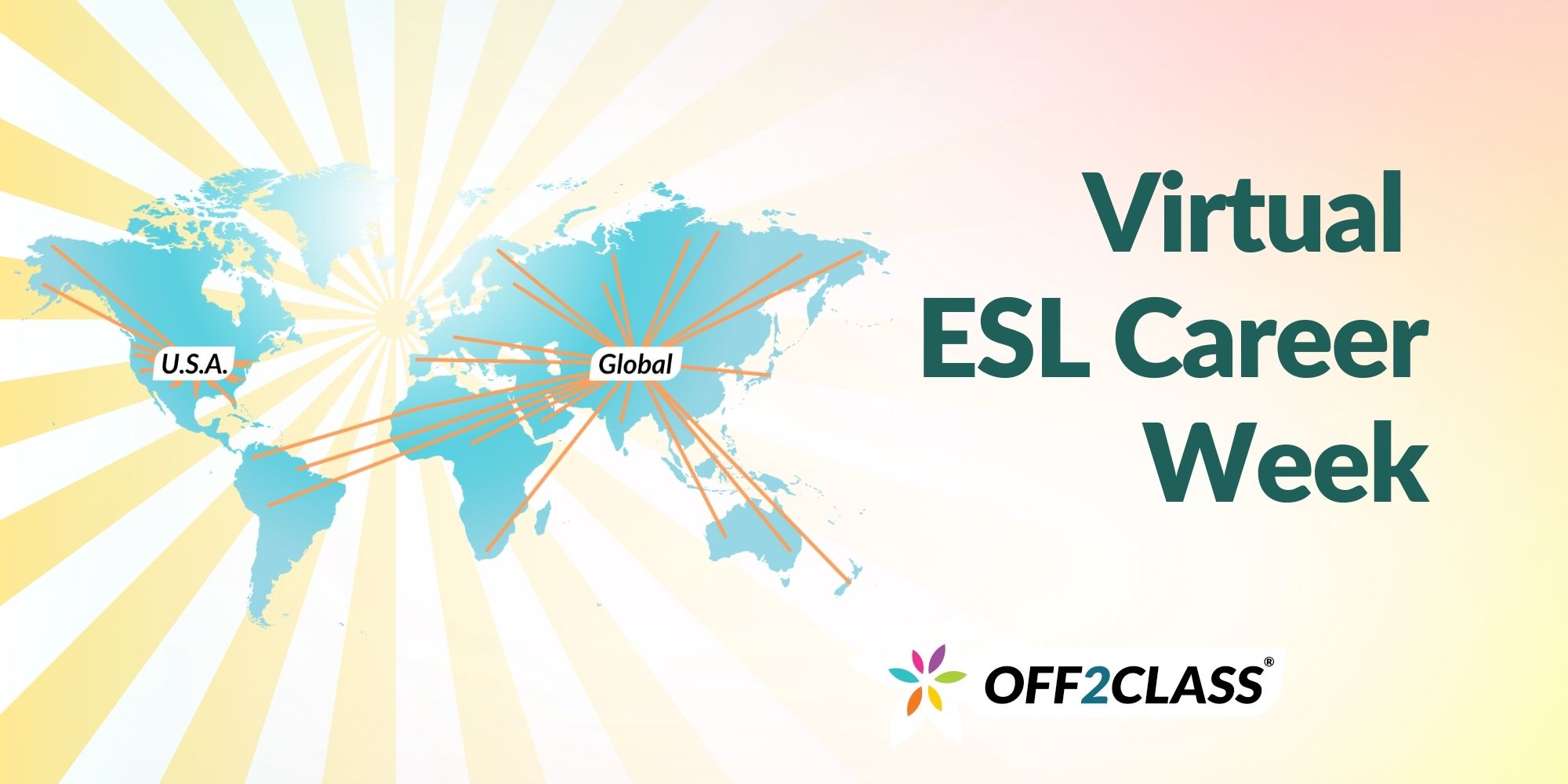

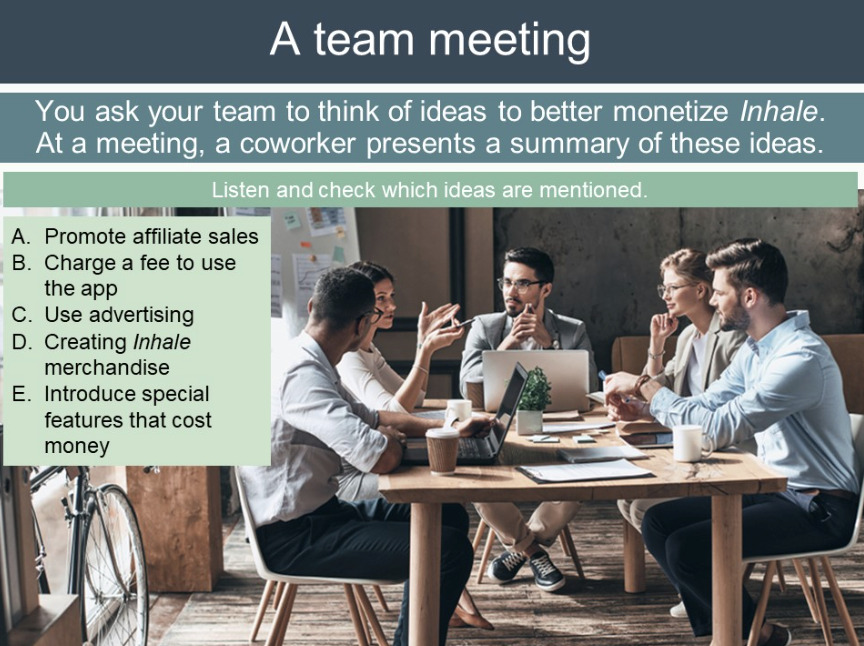
14 Comments
This is a great concept, really is useful to help plan my lesson plans and compare. Looking forward to the next series..Thanks !
Fantastic Stephen! Enjoy.
I like this article, too. My question is: How do you teach beginner ESL to students who can write the language? I have a student from Russia and she can read English well, but has problems with listening and speaking. What are some tools I can give her?
Hi Nicole!
Nice to hear from you. Our beginner ESL listening activities sound perfect for your student:
https://app.off2class.com/teacher/#begginer-listening-activities
Each lesson (and especially the attached homework self study) contains listening for specific information questions, and comprehension questions with lots of opportunities to drill speaking. Should work perfectly!
Kris
Thank you very much! It´s really helpful. Looking forward to the next one. I love your website. I think it would be great to have a listening placement test in the future. 🙂
Cheers Michael!
Yes, that’s in the works for the placement test, you should see something this Fall!
Kris
Many thanks Kris for the advice re absolute beginners.
And by the way I am finding the LA – `Listening Activities` particularly useful. Here in Japan , even after years of English schooling, the average Japanese in the street is not confident enough to attempt even a simple English conversation with a foreigner. I would greatly appreciate more listening activities.
Jack
Hi Jack,
We’re very excited to hear that this is a helpful document for you! We’ve got more Listening Activities coming and we’re happy to hear they are a success with your Japanese students.
Kris
Thank you for the curriculum guide.
However, I would like to make a suggestion to reverse Step 3 Beginning Listening Activities and Step 4 The Verb To-Be, because in Listening Activity LA001 – Hello and Good-bye, Slide 3, the student is asked to do a gap-filled activity that necessitates the use of the verb to be.
Thanks for the feedback!
Is there way to monitor the progress of the vocabulary learned or to check for mastery? I have a student that the Child Study team wants to monitor progress of vocabulary growth for 6 weeks (due to some other learning issues) Thank you!
Kathy
Hi Kathy!
This is a great question to pose in the Off2Class Facebook group.You can join it here!
Thank you very must for all this information and material, it’s very useful!
You’re very welcome, Carolina. We’re so glad you’re enjoying the information and material!